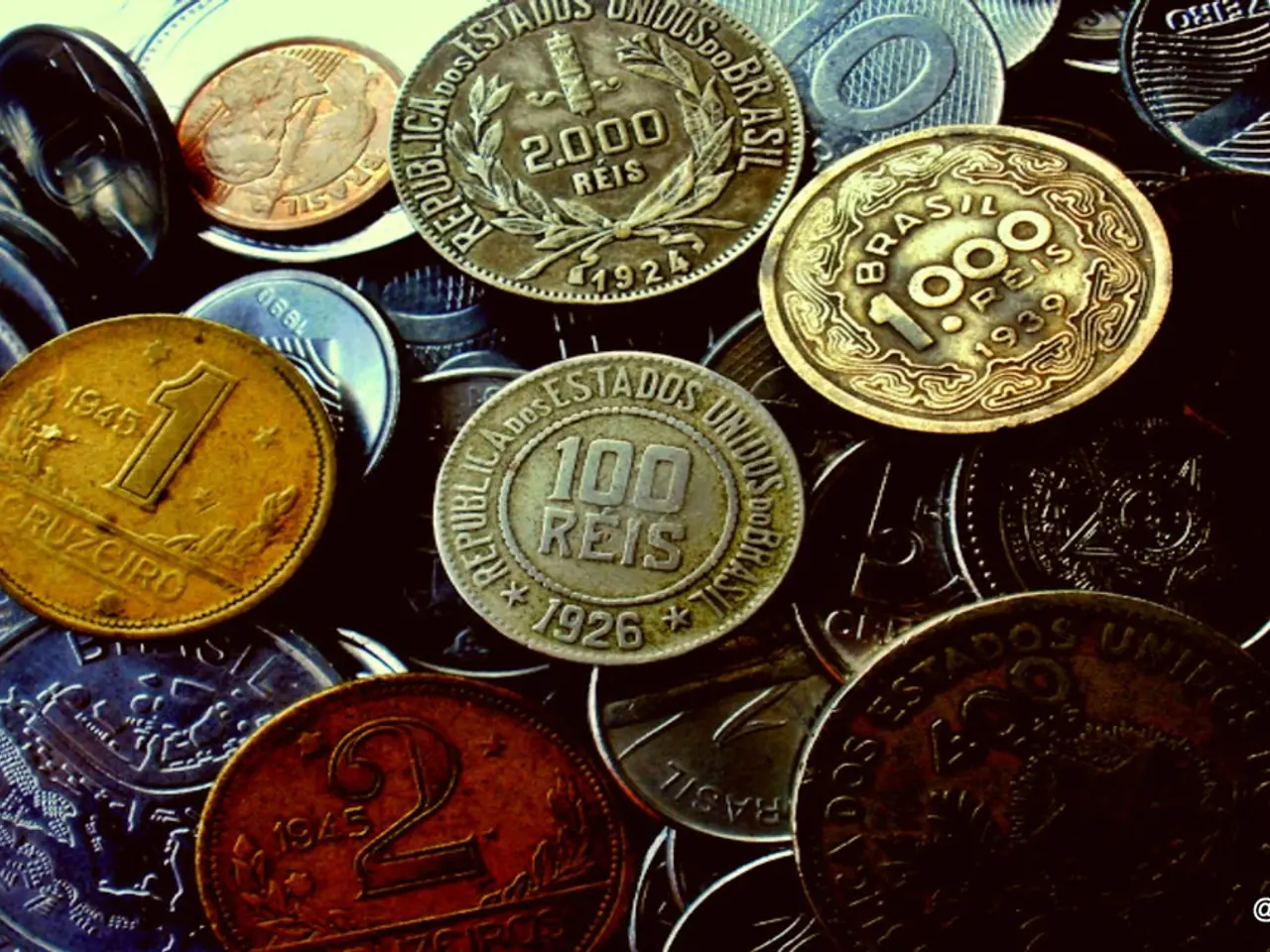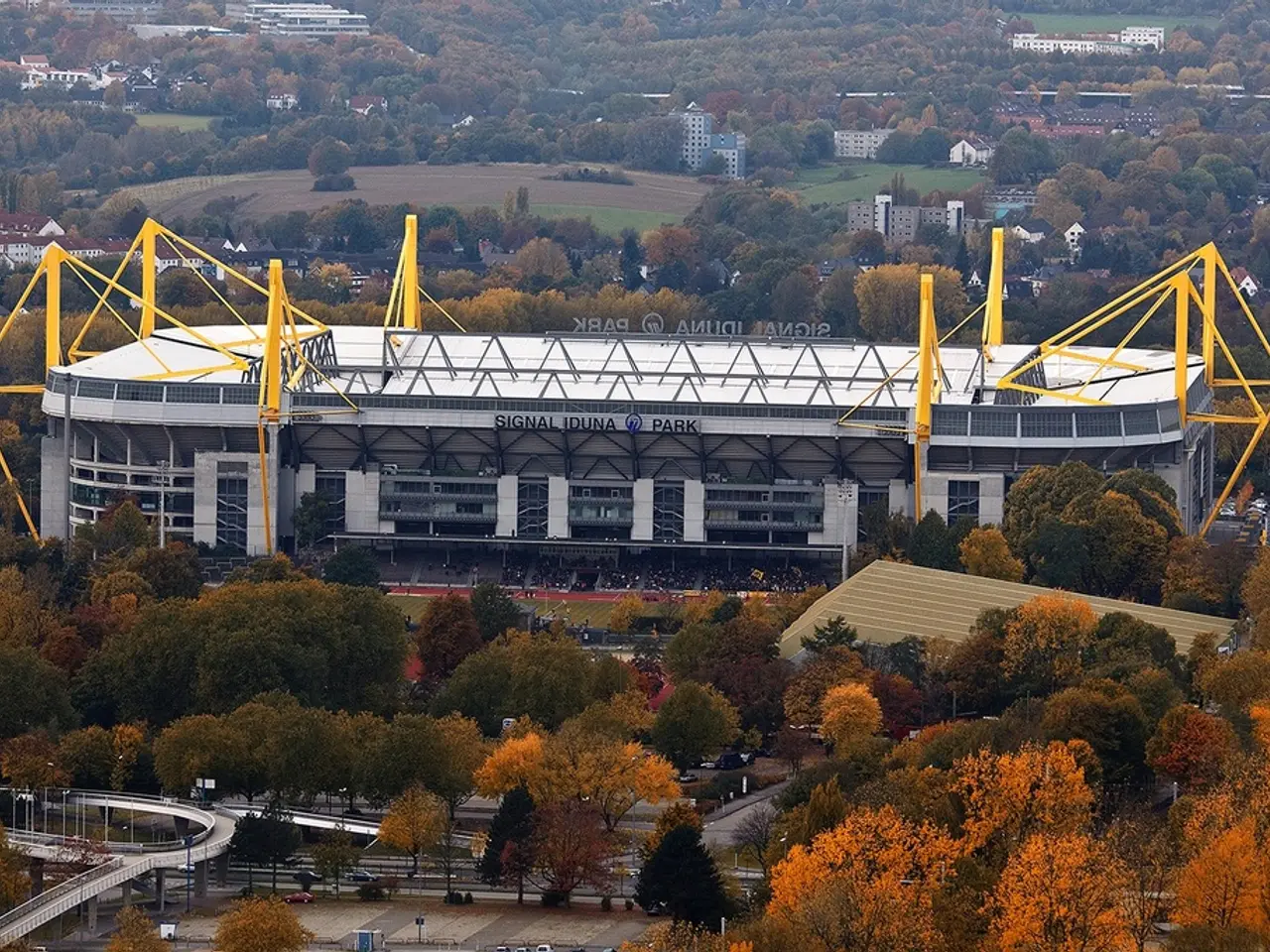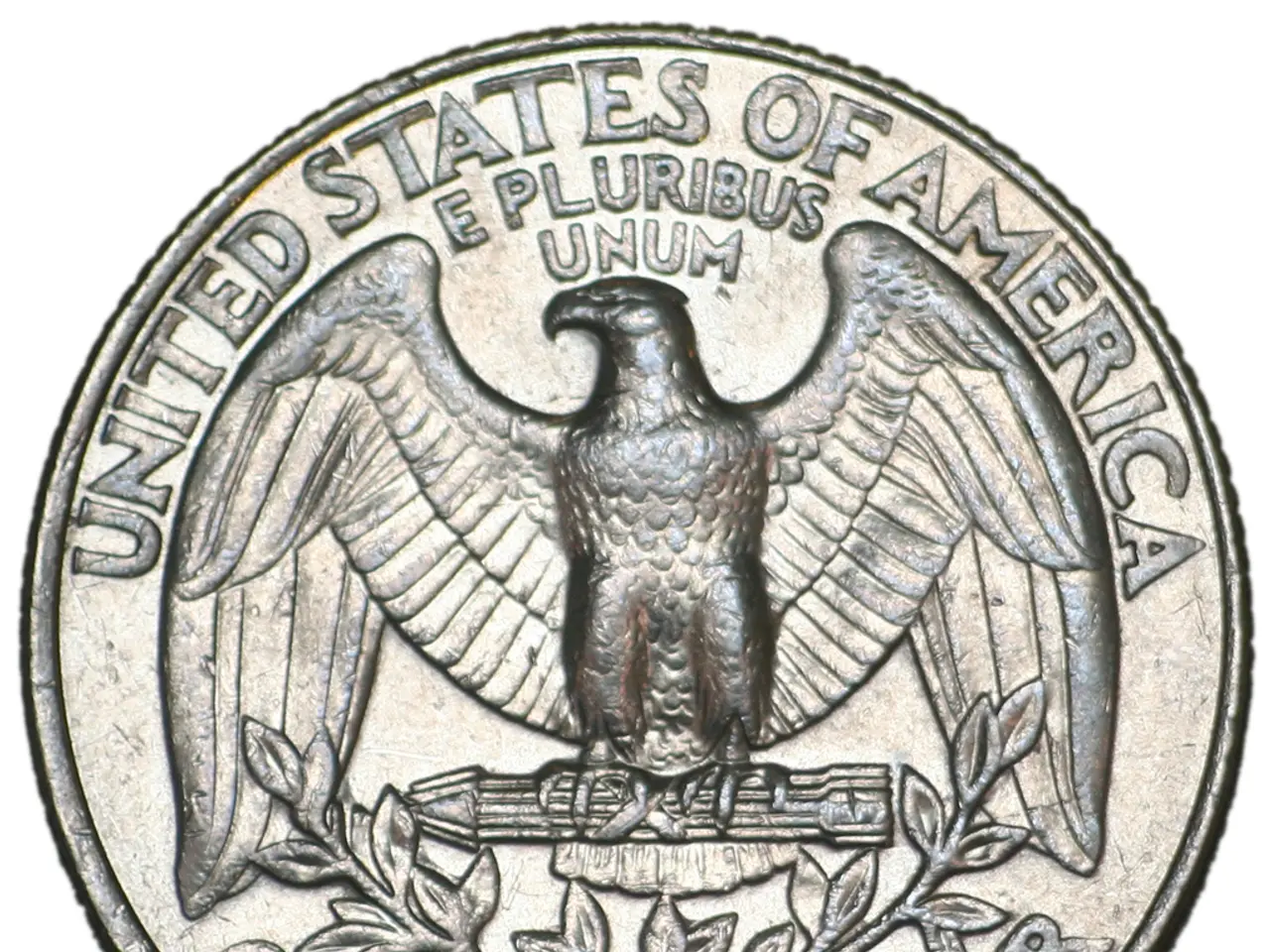Understanding Colors in Fashion Design for the Year 2025
The color wheel, a visual representation of the relationships between colours, has been a vital tool for artists and designers for centuries. Originally developed to demonstrate how primary colours (red, yellow, and blue) could be combined to produce secondary colours (orange, green, and purple), the understanding of these colour relationships has been pivotal in both art and design.
In the realm of fashion, the colour wheel serves as a powerful instrument for creating harmonious and visually appealing ensembles. It enables designers and stylists to grasp how colours interact, allowing them to choose colours that complement or contrast effectively.
One of the key principles employed in fashion is the use of complementary colours, which are colours situated opposite each other on the colour wheel. This principle is exemplified by pairing blue with orange or yellow with purple, resulting in striking combinations.
Another significant aspect is the distinction between warm and cool colours. Warm colours, such as red, yellow, and orange, are associated with energy and are often used in ethnic or festive wear. In contrast, cool colours like blue, green, and purple are calming and commonly found in formal or corporate attire.
Understanding the colour wheel also facilitates the creation of different types of colour harmony, such as analogous (next to each other), triadic (equally spaced), and monochromatic (variations of the same colour).
The colour wheel plays a crucial role in fashion design, influencing both the creative process and the finished product. Designers use the colour wheel to predict and set colour trends for upcoming seasons, ensuring their collections are both stylish and marketable. It also aids in matching colours for fabrics, accessories, and even makeup, ensuring a cohesive and appealing final look.
In addition, the colour wheel is employed to evoke different cultural or aesthetic expressions, such as using warm colours for a vibrant ethnic look or cool colours for a sophisticated corporate image.
In summary, the colour wheel is essential in fashion and design for its ability to visualise colour relationships, guide colour selection, and enhance aesthetic appeal. Its significance extends beyond artistic expression to influence fashion trends and cultural identity.
When employing a colour scheme, it's important to remember that secondary colours should only be utilised for highlights and accents, with the primary colour serving as the focal point. Neutral hues like beige, grey, cream, white, and black can complement primary and secondary hues, providing a unified look.
The principles of colour theory are applied in various creative fields, including fashion, film, fine art, and interior design. By understanding the fundamental ideas of hue, saturation, and value, designers can create visually appealing colour schemes that resonate with their audience.
Whether you're a fashion designer, interior decorator, or simply someone interested in colour theory, the colour wheel remains a fundamental tool in understanding and manipulating the visual impact of colour.
Technology has been instrumental in the accessibility of the color wheel, making it easier for fashion enthusiasts to explore and experiment with different color combinations. This allows individuals to discover and create unique and visually appealing lifestyles by aligning their wardrobe choices with the principles of color theory.
Moreover, advancements in technology have also allowed for digital color mixing, enabling designers to visualize and refine their designs before production, thus ensuring both accuracy and elegance in the final products.




